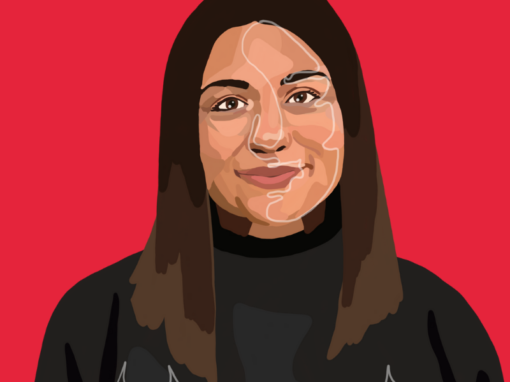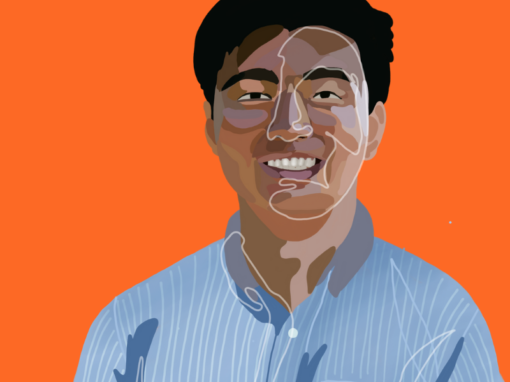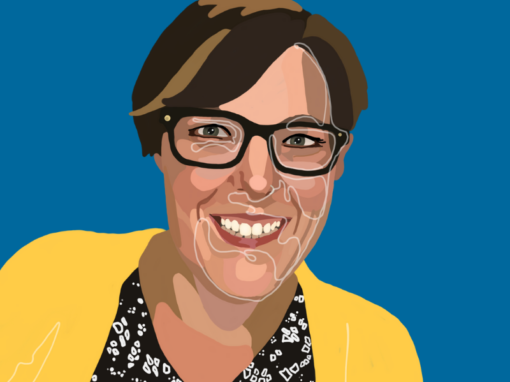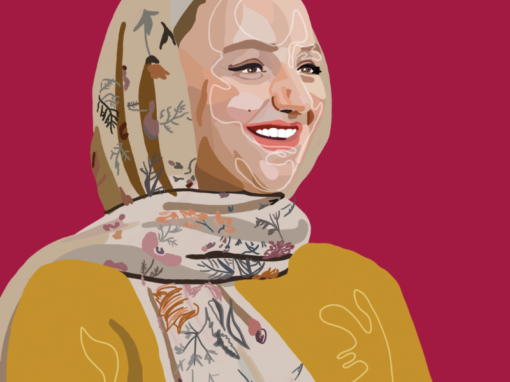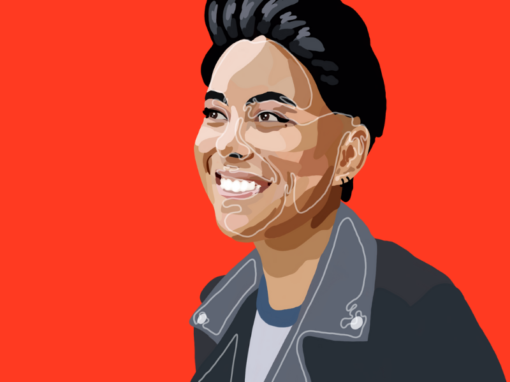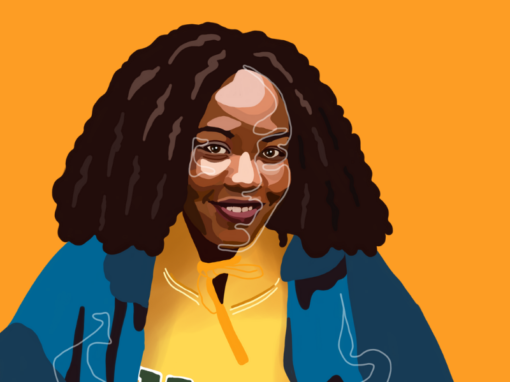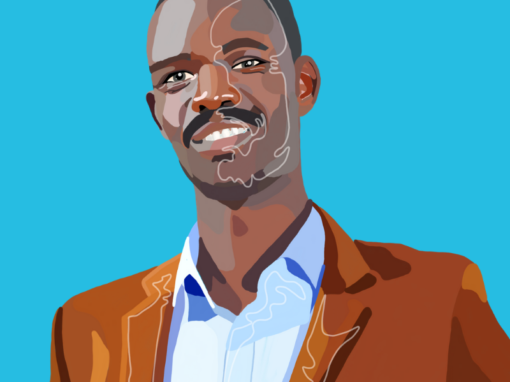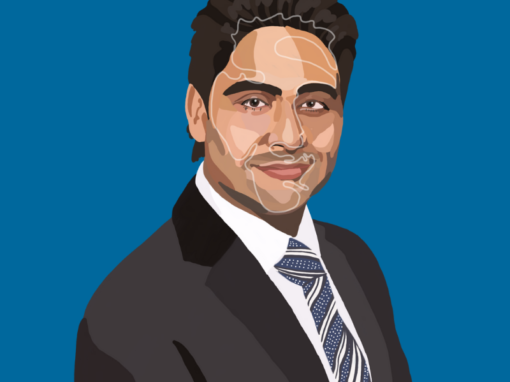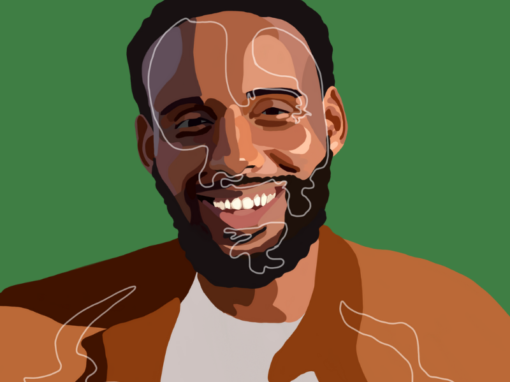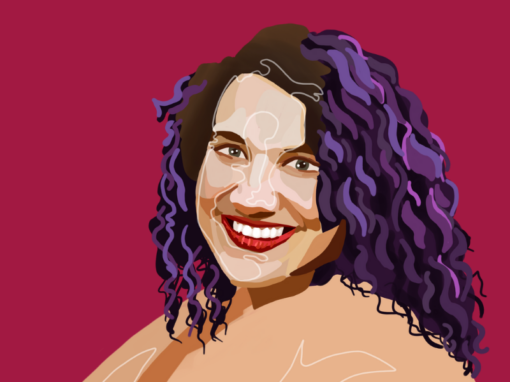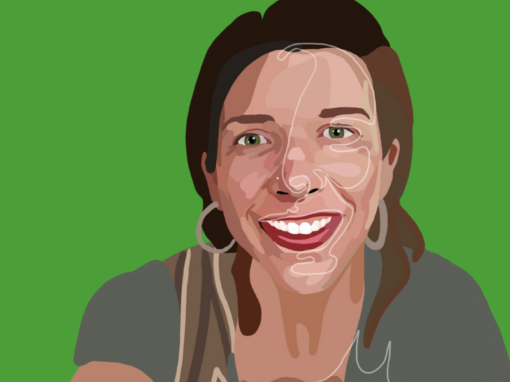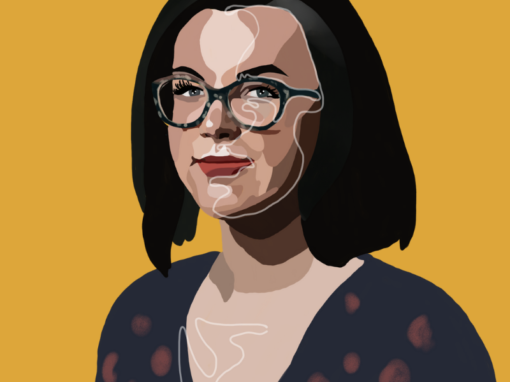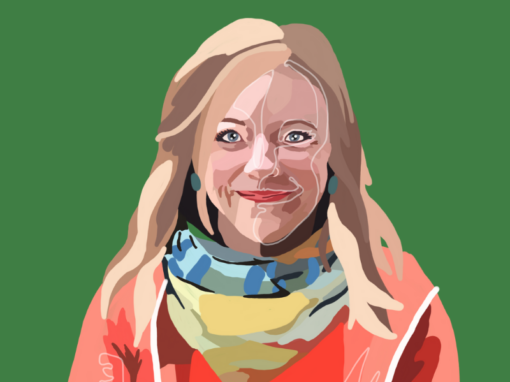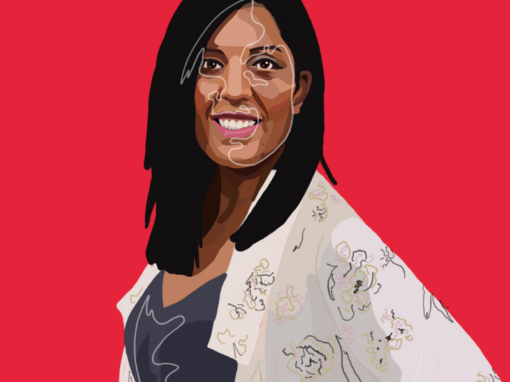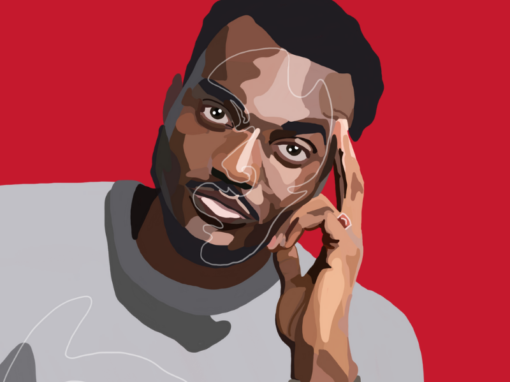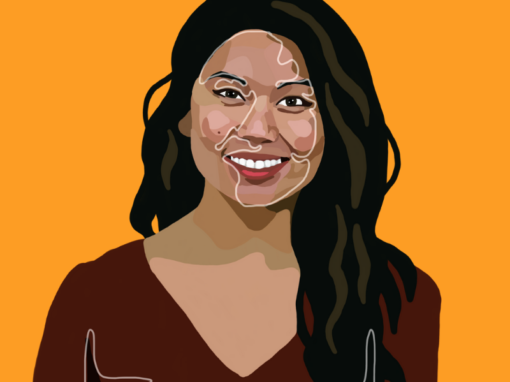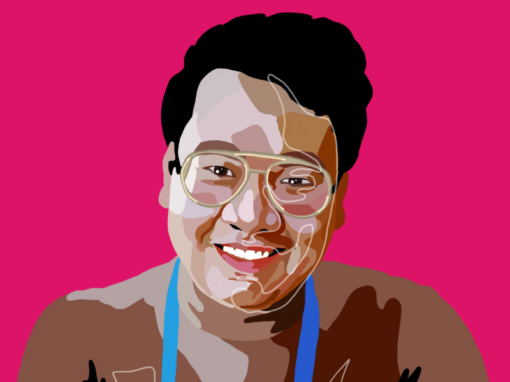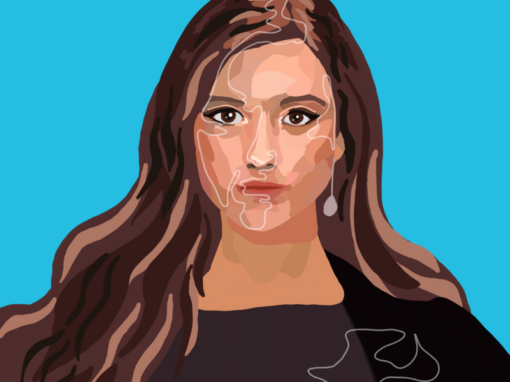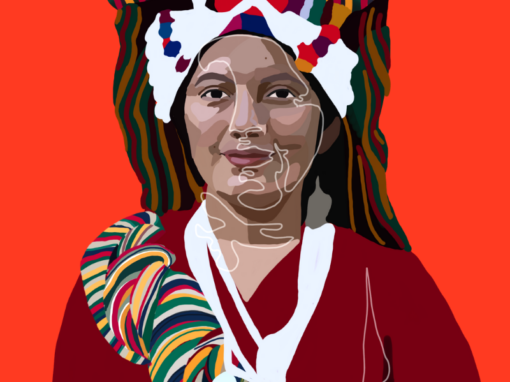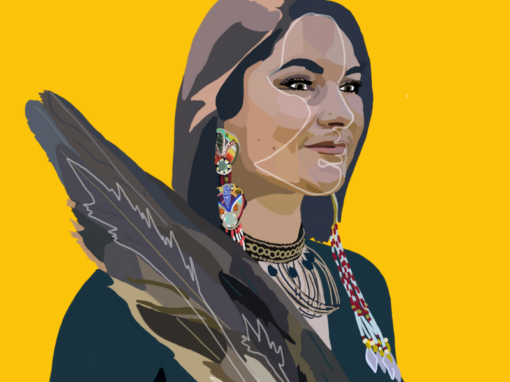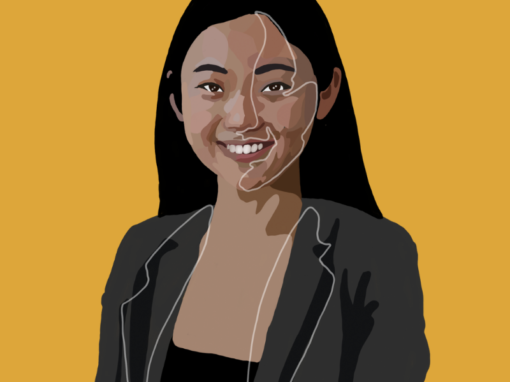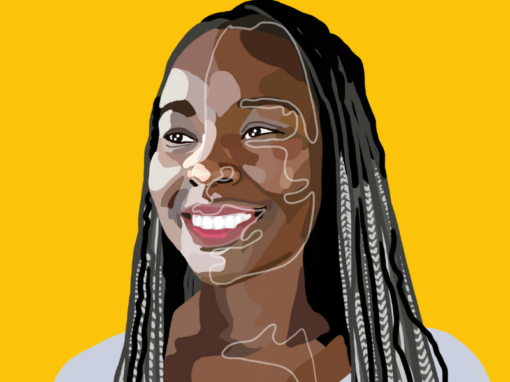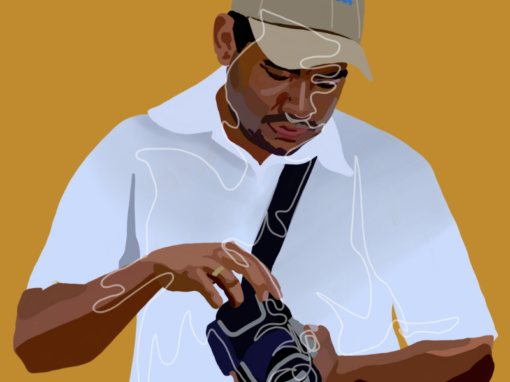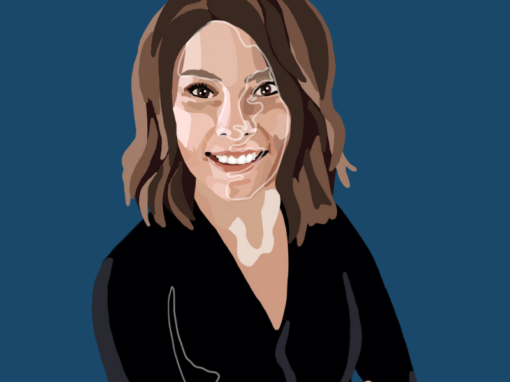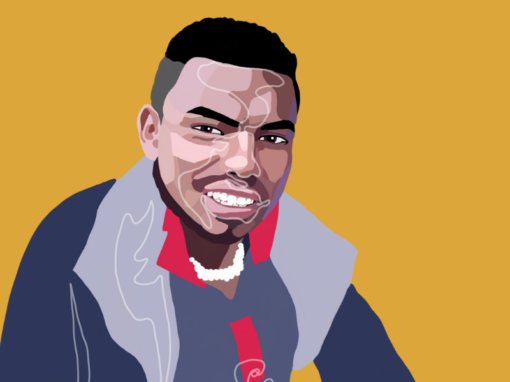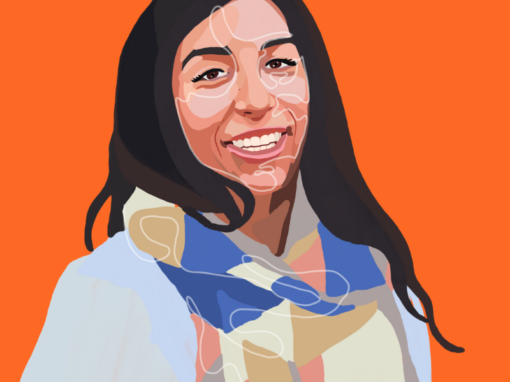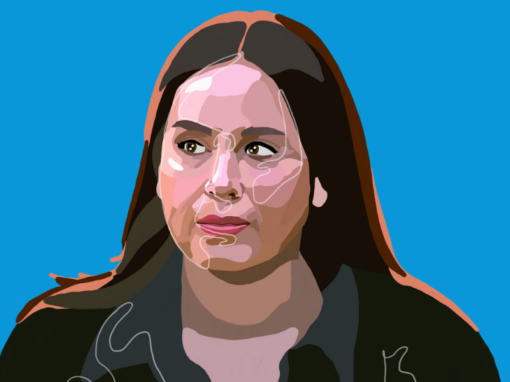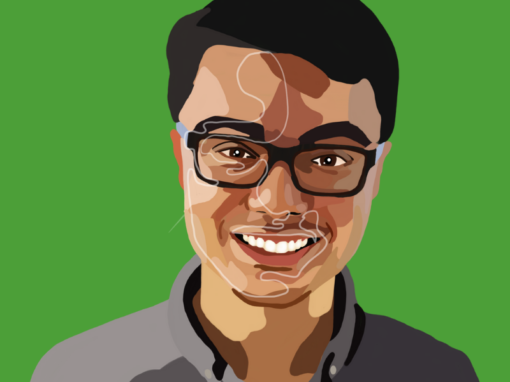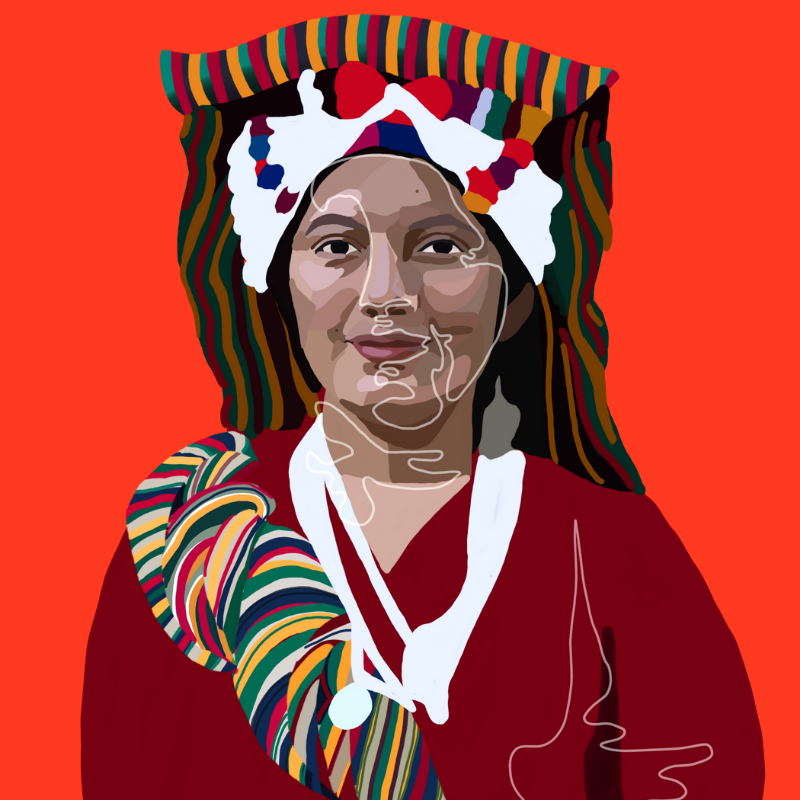Glendy Paola Agustin Jíguan
Top 30 Under 30 2020
Glendy Paola is a young Maya Mam woman, a student, and an activist for Indigenous rights. In 2014, she was elected the Mam Princess of her home community and went on to represent the region in the national Indigenous Queen program. She is knowledgeable about the struggle of her people against oppression and racism, and is working to contribute to changing this reality in her community.
About Me
Age: 22
Hometown: Comitancillo (Municipality), Guatemala
Currently Residing In: Chicajalaj, Comitancillo, Guatemala
Projects and Organizations
2017–Present: Maya-Mam Association for Research and Development in partnership with Change for Children – Administrative Assistant
I have worked at the Maya-Mam Association for Research and Development (AMMID) for two years in administration and communications, accompanying international service teams and delegation visits, facilitating cultural ceremonies, and leading the improved wood stove project. I have also translated for numerous CFC dental, medical, and teacher brigades to Comitancillo.
2016–Present: Department of San Marcos – Delegate
I am a delegate for the Department of San Marcos for the National Indigenous Queen Rabin Ajaw Event, which promotes the rescue of Indigenous languages and culture, and the participation of young Indigenous women.
Other Affiliations: Western Council of Mayan Peoples, MAYALAN Association, Ministry of Education, “Channel 5 Vision Culture” Television Channel (Canal 5 Cultura Visión), Multisectoral Commission for the Defense of Mam Comiteco Territory
Which of the United Nations Sustainable Development Goals resonates most with you?
The SDGs related to community well-being, the environment, and a just peace are all important to me. For me, community development goes hand in hand with balance and harmony with Father Cosmos, Mother Earth, and humanity. Life is respected because nobody owns anything: we are simply elements of a diverse fabric. Every action I take is aimed at respecting cultural identity and collective rights that protect the original peoples.
What change would you like to see in the world by 2030?
I look forward to seeing everyone exercising “good living,” or tb’anel chwinqlal. This is the Indigenous concept of no hunger, poverty, lack of water, contamination of Mother Earth, violence (especially against women, children, and human rights leaders), nor dispossession of land. Rather, there is peace and justice for everyone, and all the problems that threaten our life on Earth are in the past. Ten years is a very short amount of time in which to achieve this, but it is impossible to not to hear the voices that cry for a dignified life.
What advice do you have for other young adults looking to get involved in sustainable development?
- Engage in opportunities for learning and participation so that you know the past of your people. For me in Guatemala, the stories of our past include invasion and colonization, internal armed conflict that left thousands dead, and the extinction of several languages. None of these stories were taught in school; I only learned about these things through participation in various Indigenous, community, and human rights organizations.
- Strengthen your technical and political capacities related to cultural identity so that you can share in processes of critical collective thinking.
- Consider reading as a strengthening activity and writing as a way of protecting life. Promote youth art to share wisdom through music, dance, painting, and crafts to new generations.
- Strengthen the leadership of young people in communities so that they can be agents of change from their places of origin.
“El Buen Vivir prevalecerá si todos los pueblos se levantan y encaminan juntos para lograr su autodeterminación y la reivindicación de sus raíces culturales guiados por las energías del Universo y la Madre Tierra (Qtxu Tx’otx’)”
“The “Good Life” will prevail for all people if we rise up and work together to achieve self-determination and revindication of our cultural roots, guided by the energy of the Universe and Mother Earth.”
-Glendy Paola Agustin Jíguan
More Top 30's from 2020
